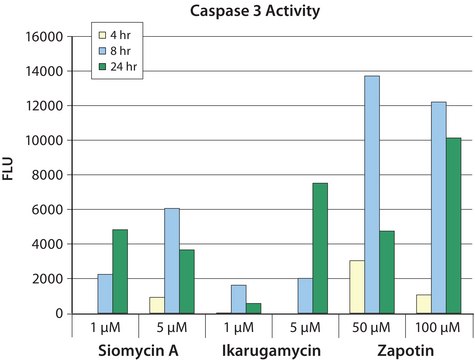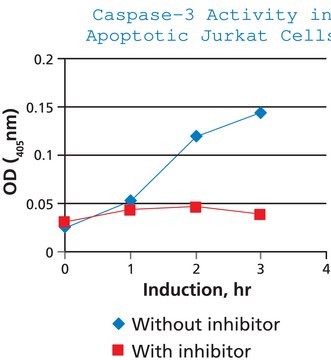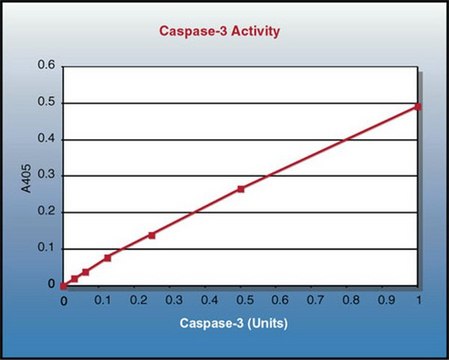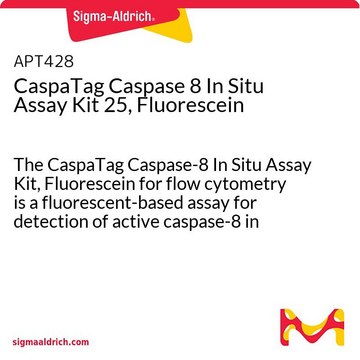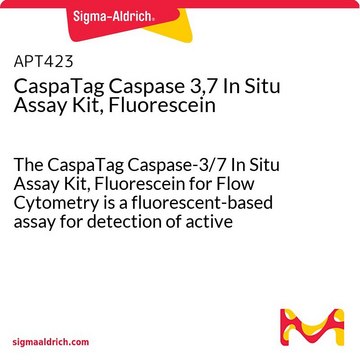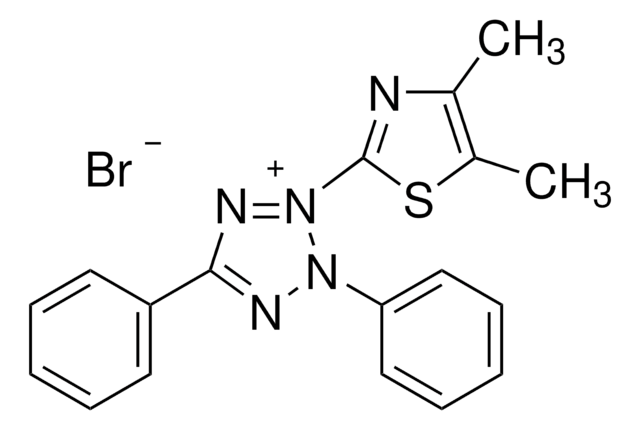Recommended Products
publication info
L. Zhu and J.Chun, ed., Eaton Publishing, 1998, 150 pp., comb bound
General description
This book provides cutting-edge methods in apoptosis detection, and broad in-depth coverage of current apoptosis research methodologies. Step-by-step protocols for apoptosis detection, such as use of the apoptotic cell surface marker annexin V assay, single strand DNA antibody assays, caspase substrate assays, and several improved ways of detecting oligonucleosomal fragments are detailed. This book contains updated, comprehensive reviews of apoptosis technology development and applications, including the FACS method, in vitro biochemical approaches, and newly emerging yeast methods.
Table of Contents
Sensitive Detection of Apoptosis Using Enhanced Color Variants of Annexin V Conjugates
Detection of Caspase Activity Associated with Apoptosis Using Fluorimetric and Colorimetric Methods
Direct and Quantitative Gel-Based DNA Fragmentation Assay Using Radioisotope
Apoptotic DNA Fragmentation Detection Using Ligation-Mediated PCR
Detection of Cells Undergoing Programmed Cell Death Using In Situ End-Labeling Plus
Detection of Apoptotic Cells with Monoclonal Antibodies to Single-Stranded DNA
Monoclonal Antibody as a Probe for Characterization and Separation of Apoptotic Cells
Analysis of Apoptosis by Flow and Laser Scanning Cytometry
Methods for Exploiting Yeast for the Investigation of Mammalian Proteins that Regulate Programmed Cell Death
Cell-Free Apoptosis Systems
Appendix
Detection of Caspase Activity Associated with Apoptosis Using Fluorimetric and Colorimetric Methods
Direct and Quantitative Gel-Based DNA Fragmentation Assay Using Radioisotope
Apoptotic DNA Fragmentation Detection Using Ligation-Mediated PCR
Detection of Cells Undergoing Programmed Cell Death Using In Situ End-Labeling Plus
Detection of Apoptotic Cells with Monoclonal Antibodies to Single-Stranded DNA
Monoclonal Antibody as a Probe for Characterization and Separation of Apoptotic Cells
Analysis of Apoptosis by Flow and Laser Scanning Cytometry
Methods for Exploiting Yeast for the Investigation of Mammalian Proteins that Regulate Programmed Cell Death
Cell-Free Apoptosis Systems
Appendix
Regulatory Information
新产品
Choose from one of the most recent versions:
Certificates of Analysis (COA)
Lot/Batch Number
It looks like we've run into a problem, but you can still download Certificates of Analysis from our Documents section.
If you need assistance, please contact Customer Support.
Already Own This Product?
Find documentation for the products that you have recently purchased in the Document Library.
R L S Perry et al.
Molecular and cellular biology, 29(12), 3355-3366 (2009-04-15)
The myocyte enhancer factor 2 (MEF2) transcription factors play important roles in neuronal, cardiac, and skeletal muscle tissues. MEF2 serves as a nuclear sensor, integrating signals from several signaling cascades through protein-protein interactions with kinases, chromatin remodeling factors, and other
Our team of scientists has experience in all areas of research including Life Science, Material Science, Chemical Synthesis, Chromatography, Analytical and many others.
Contact Technical Service
